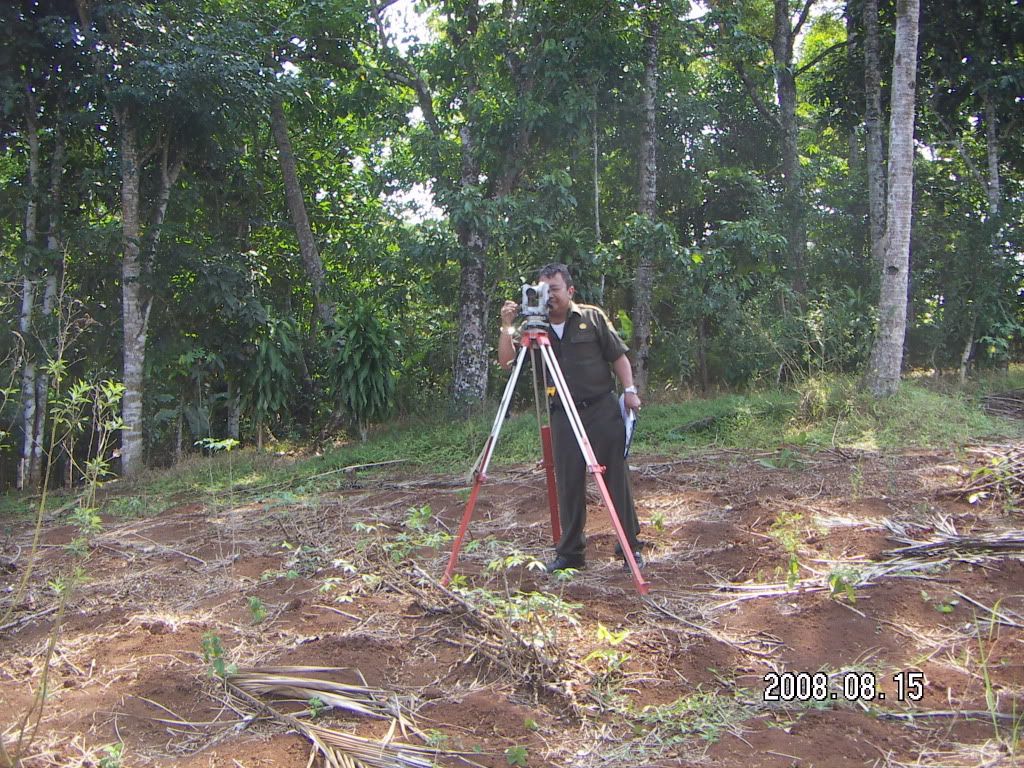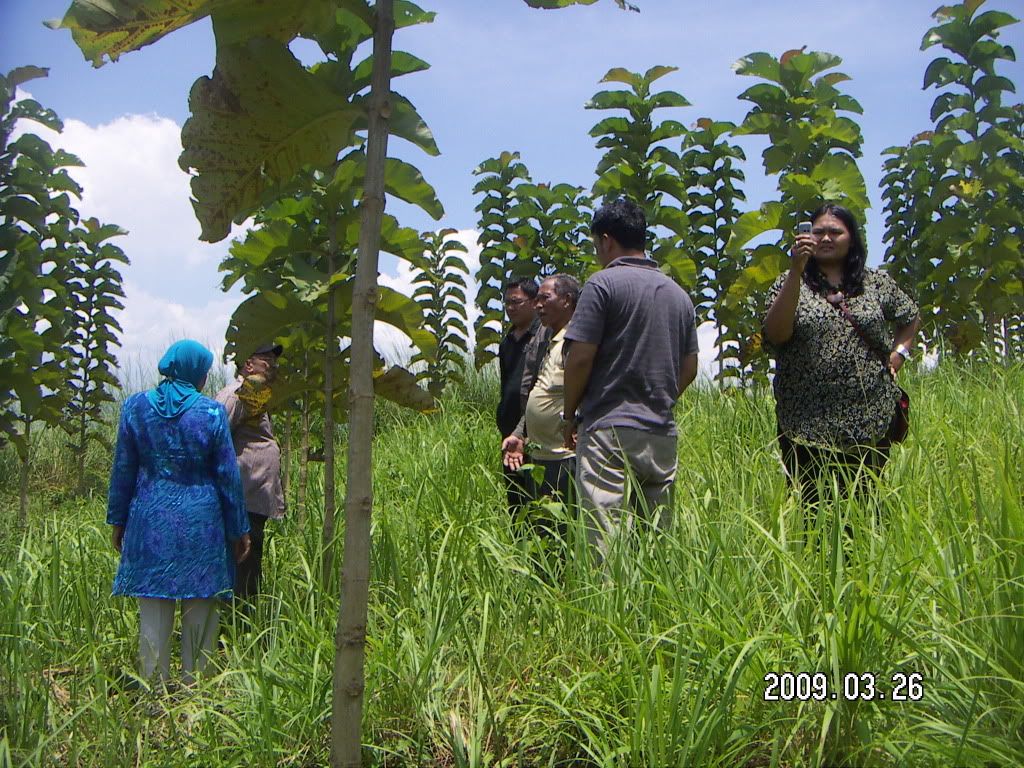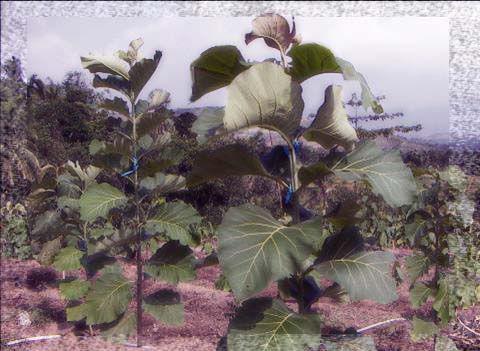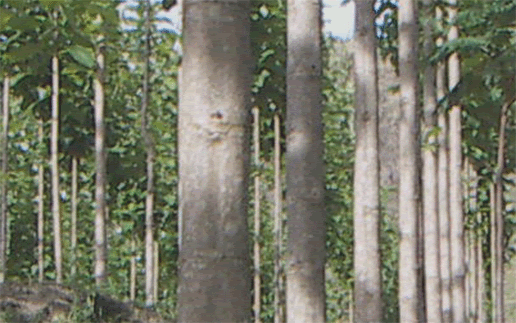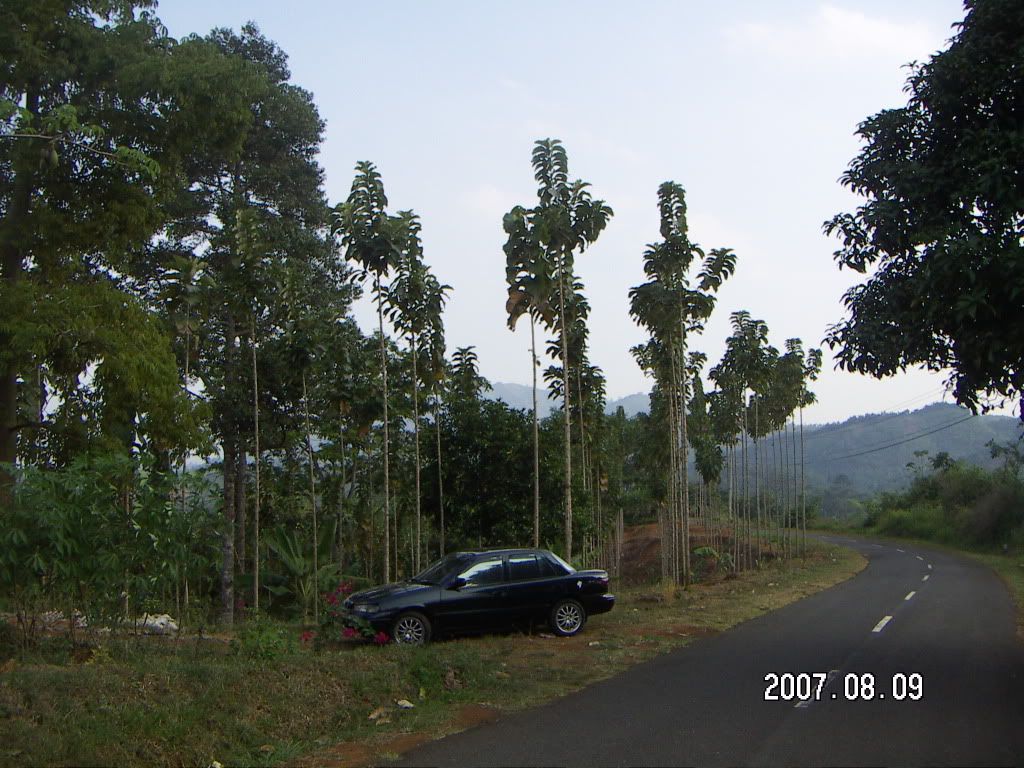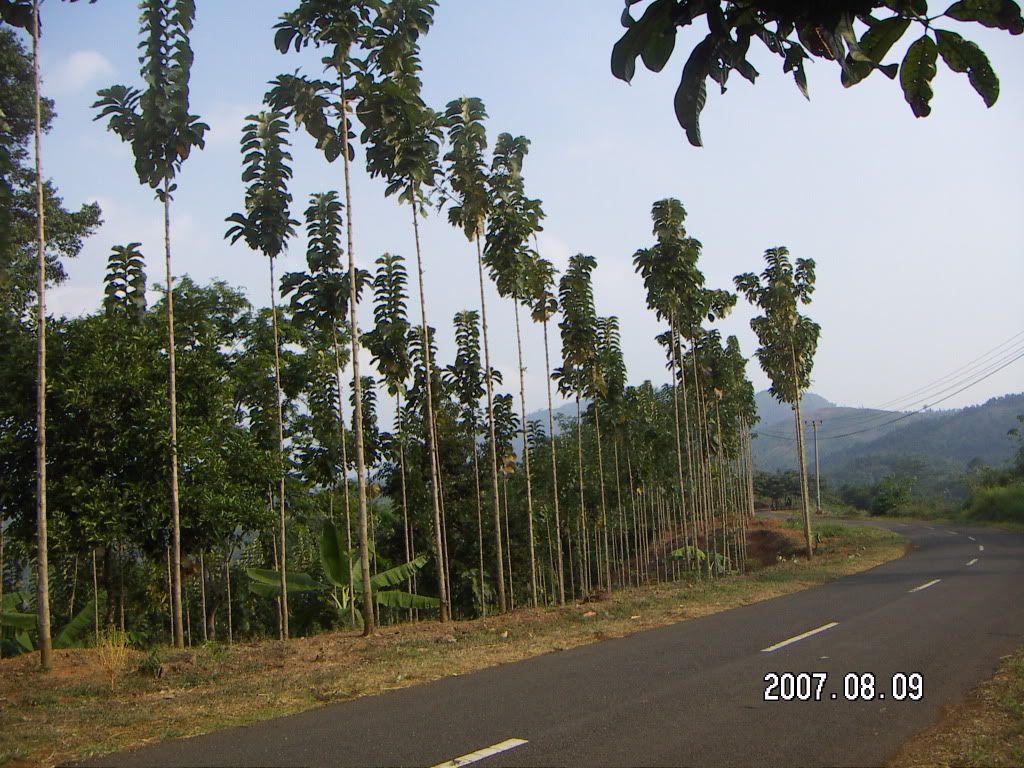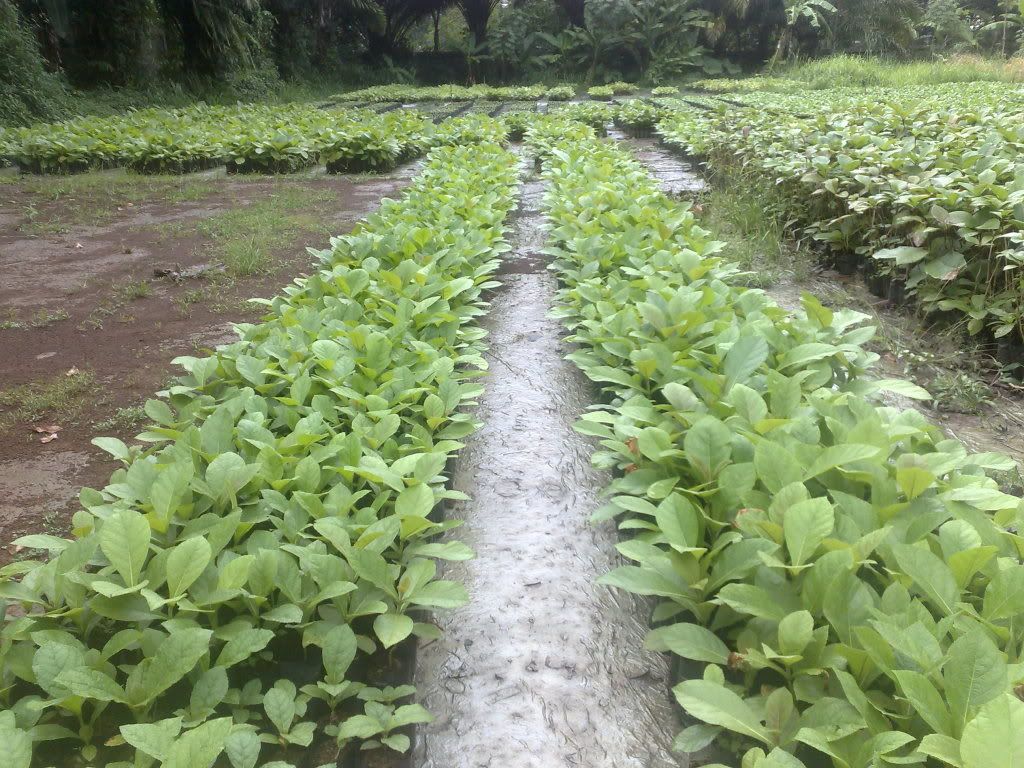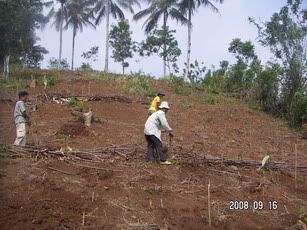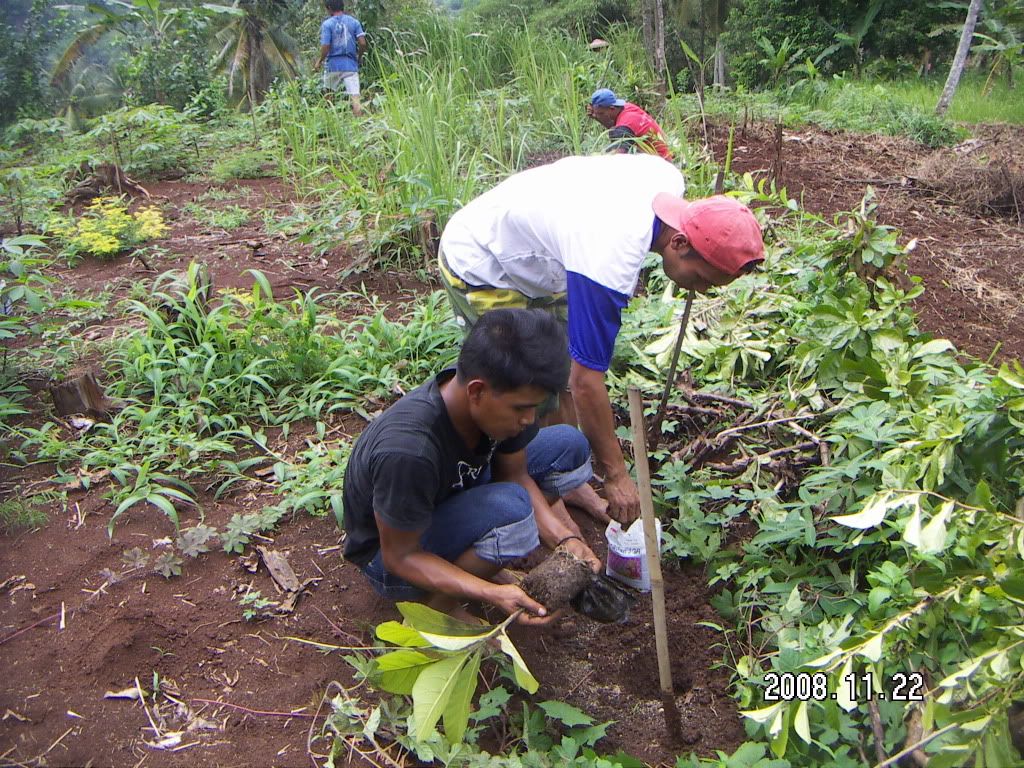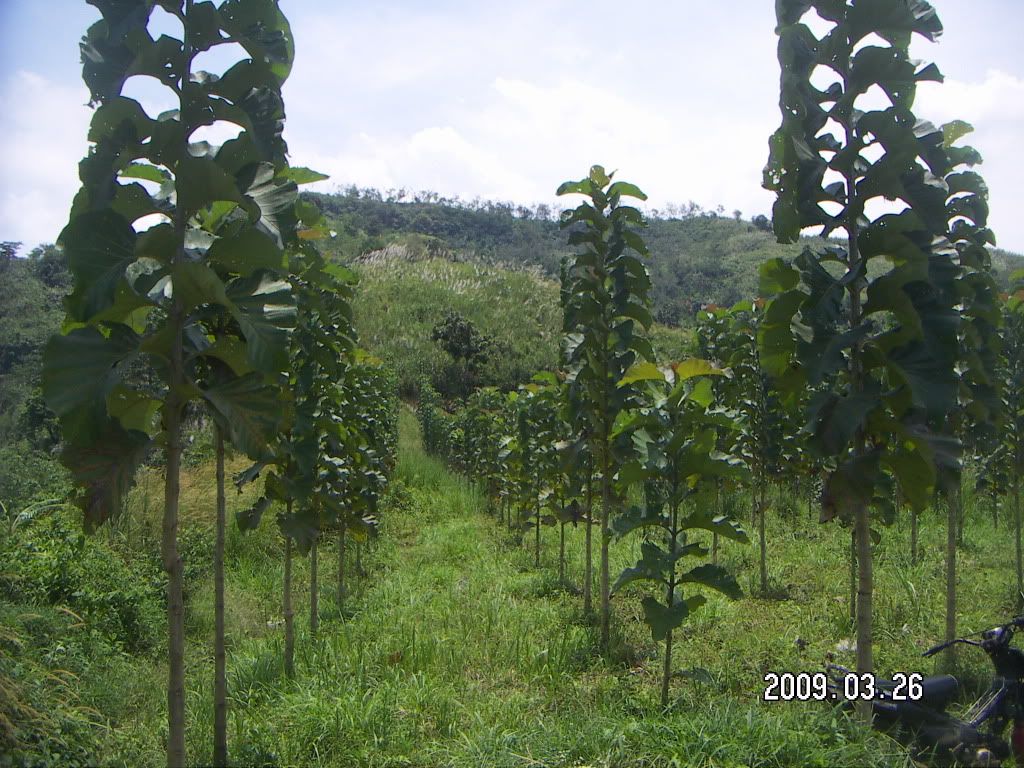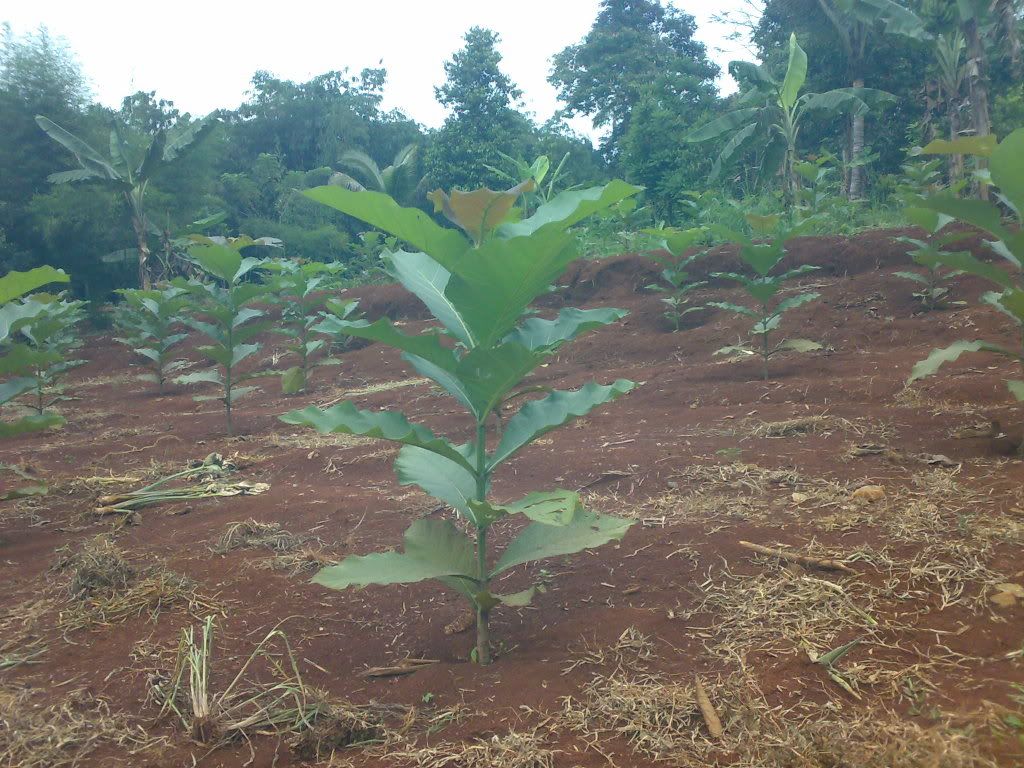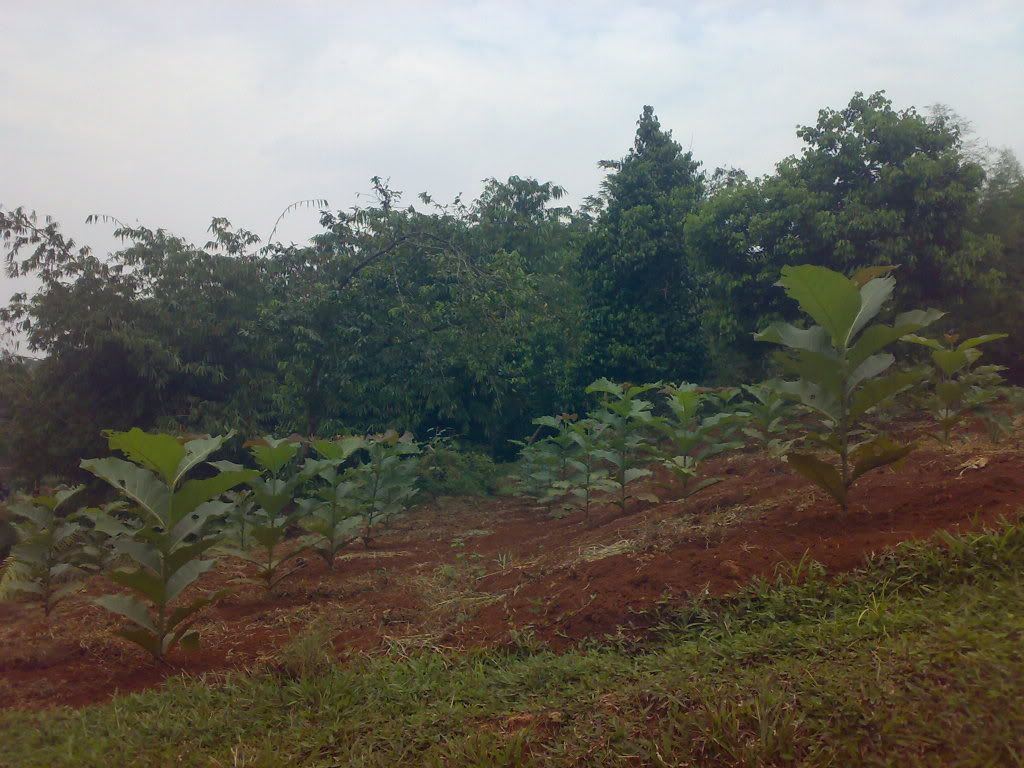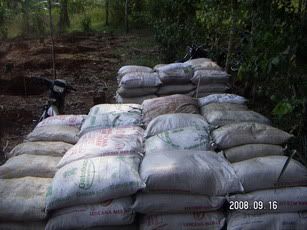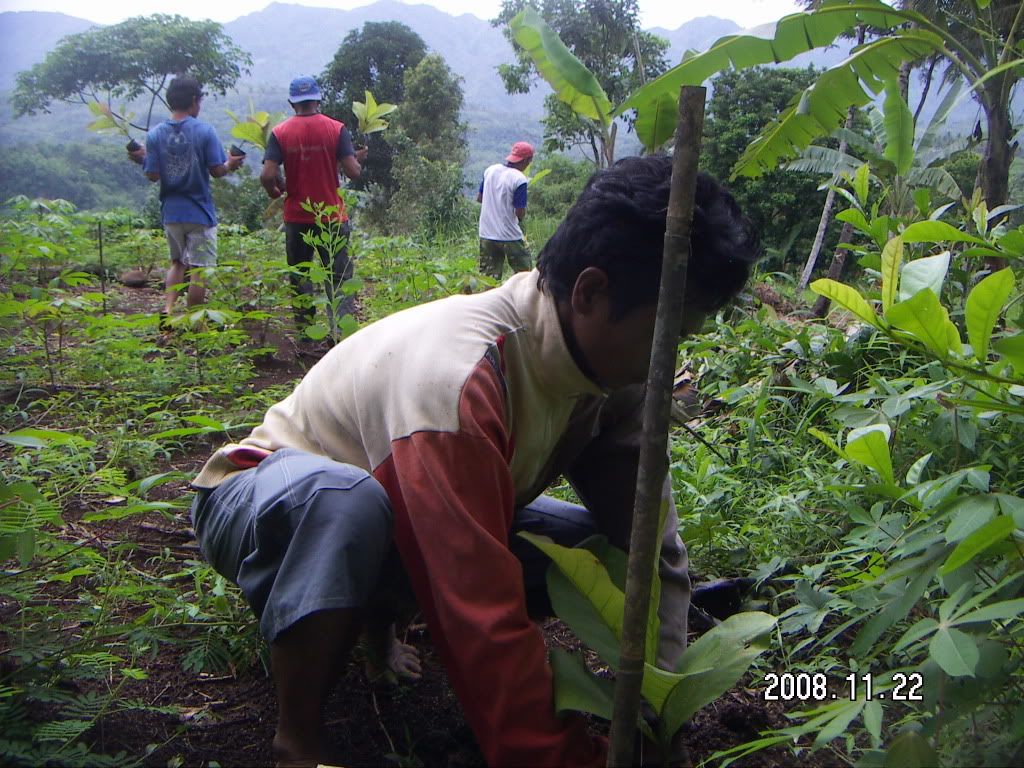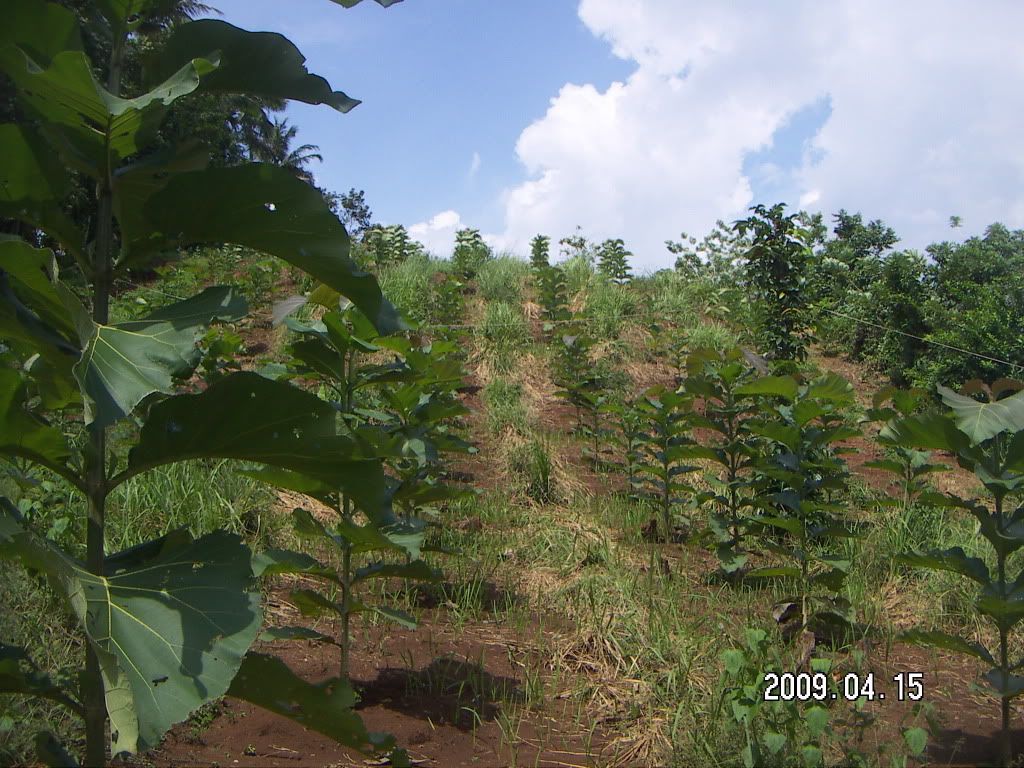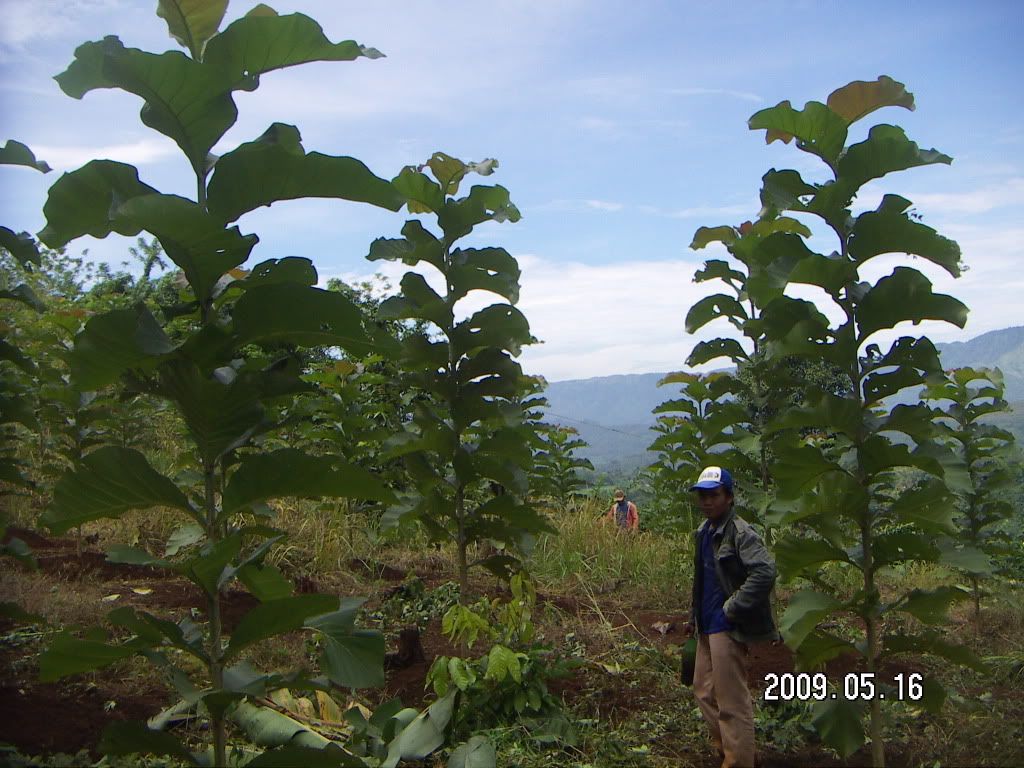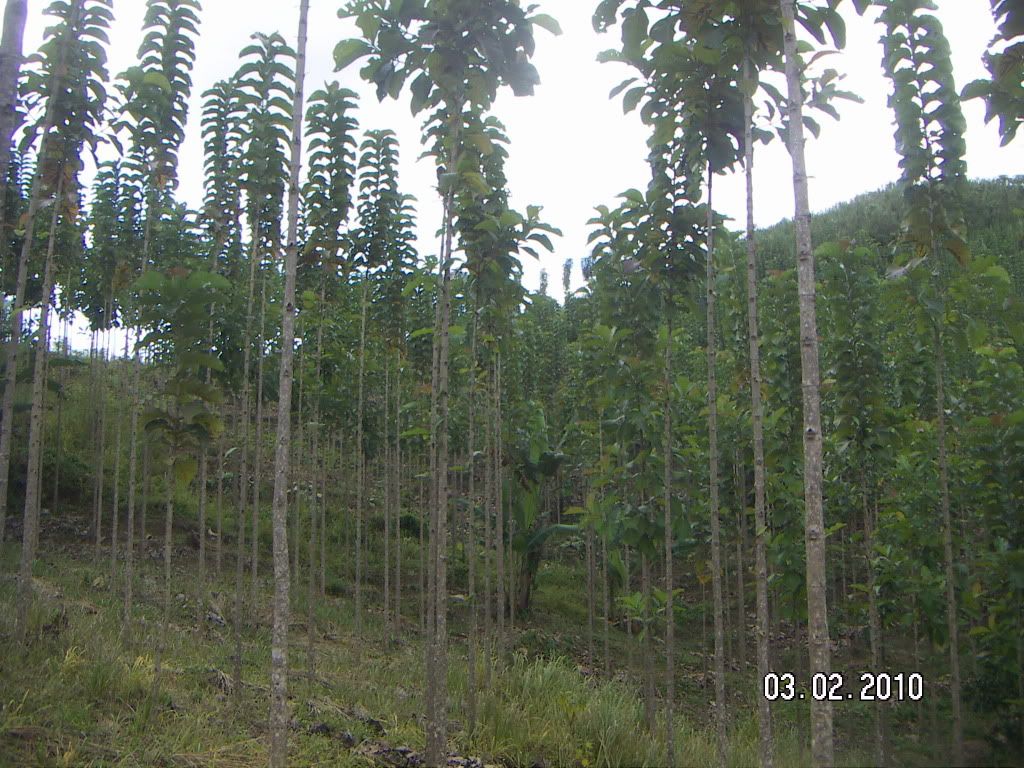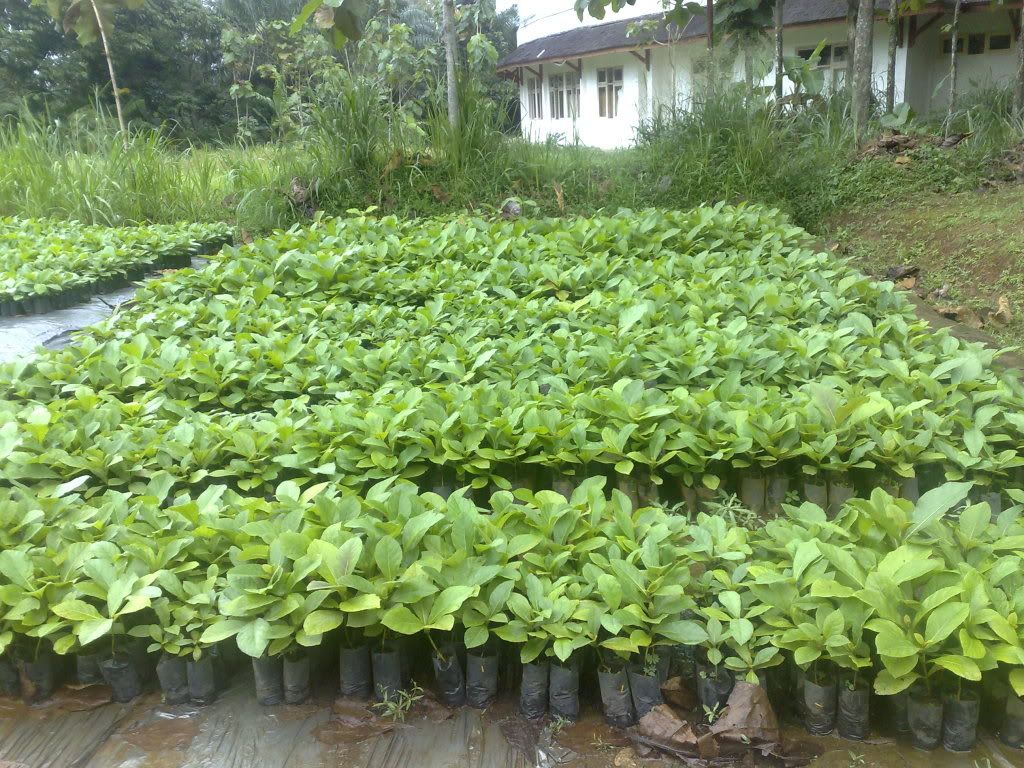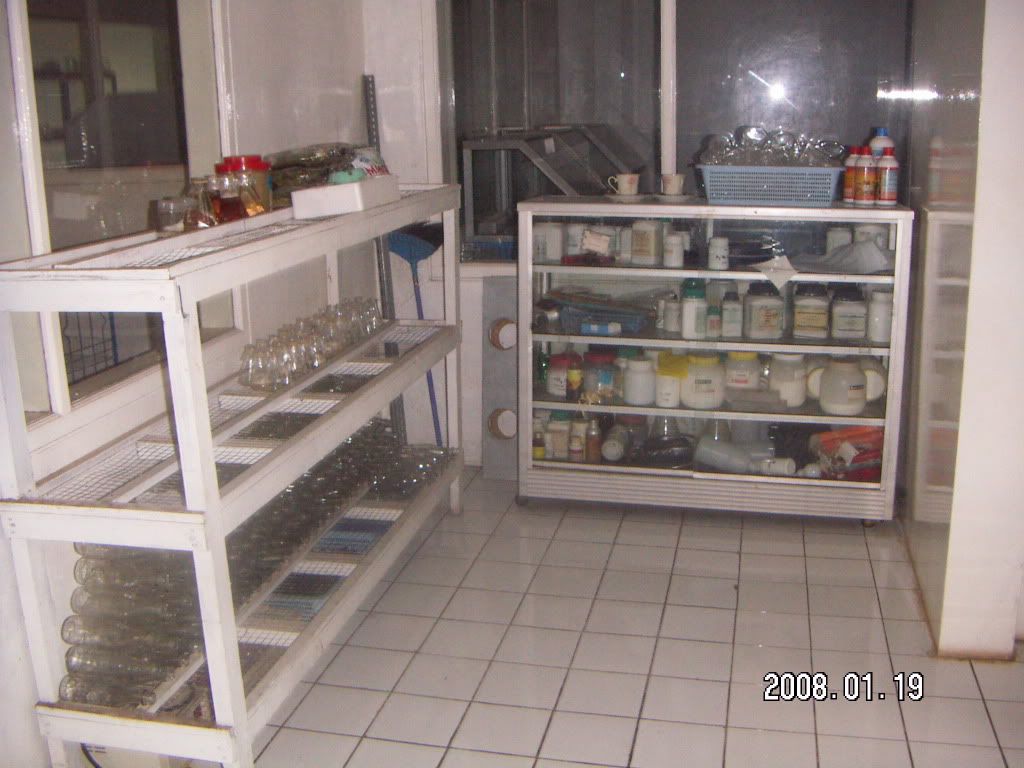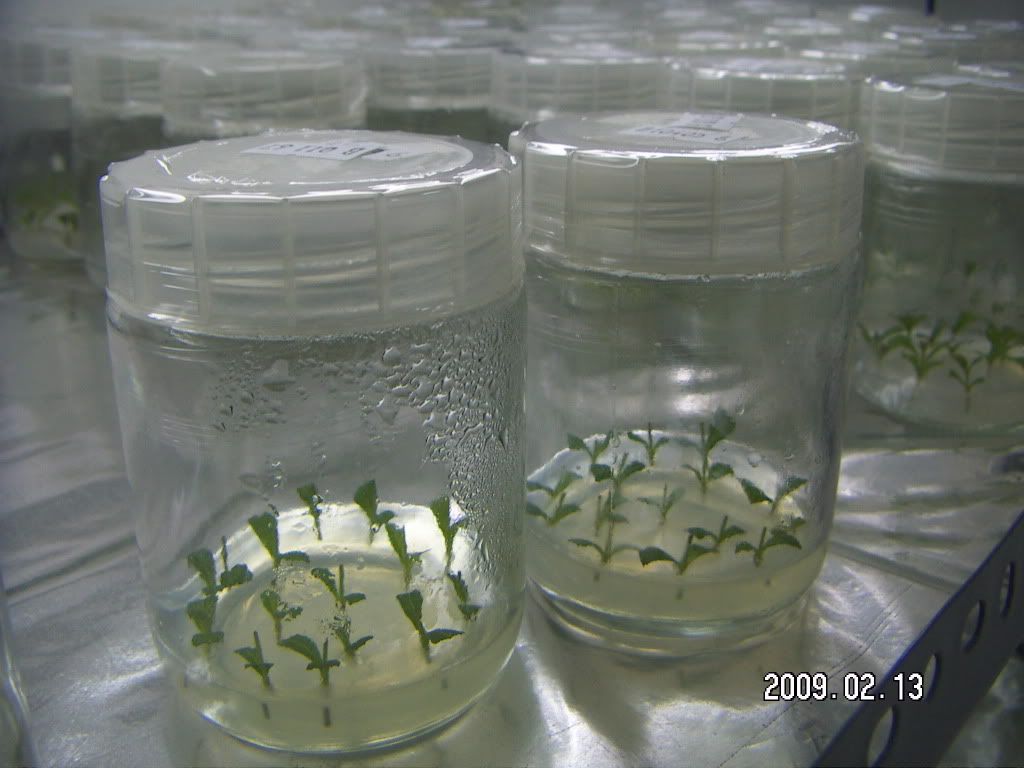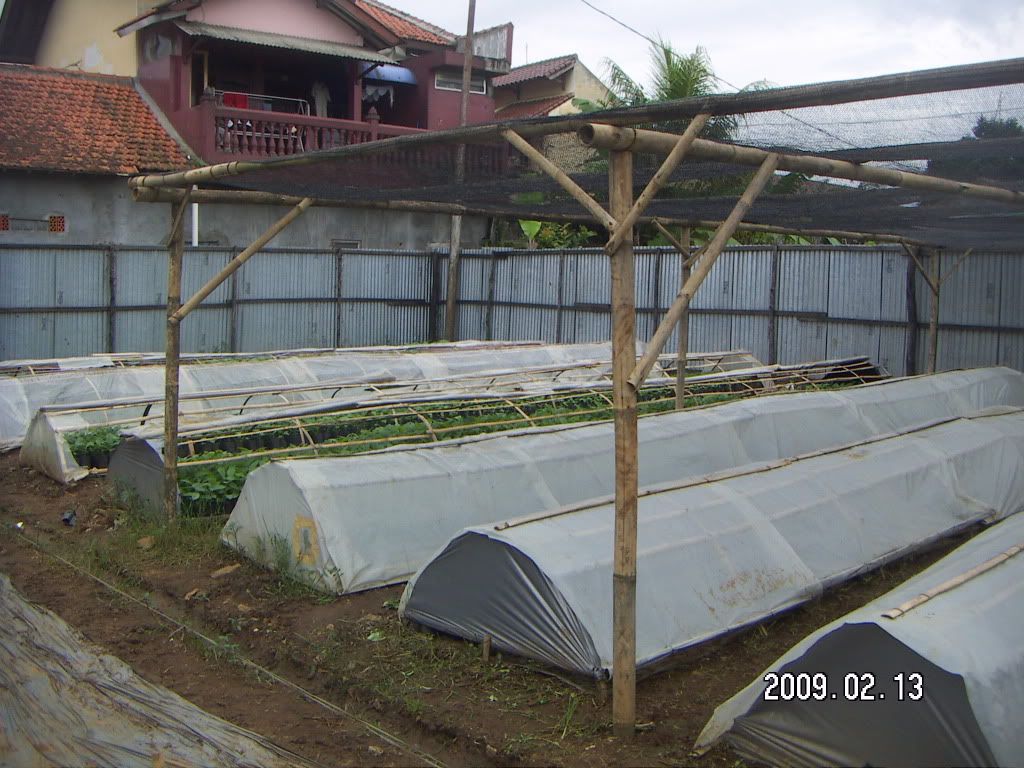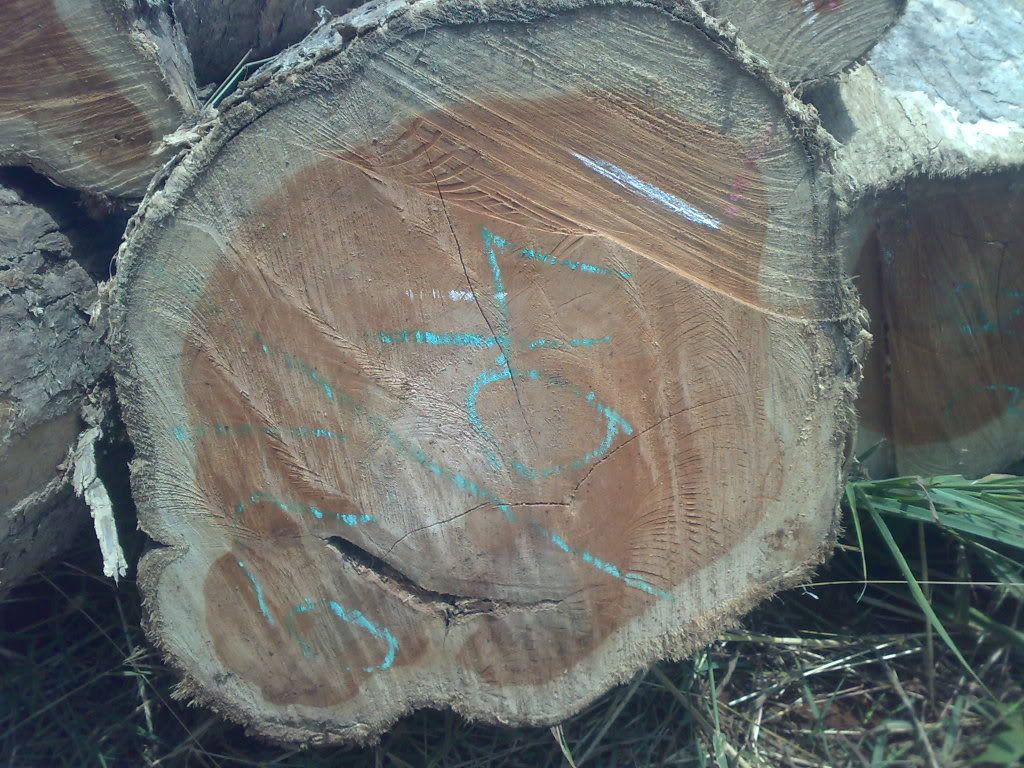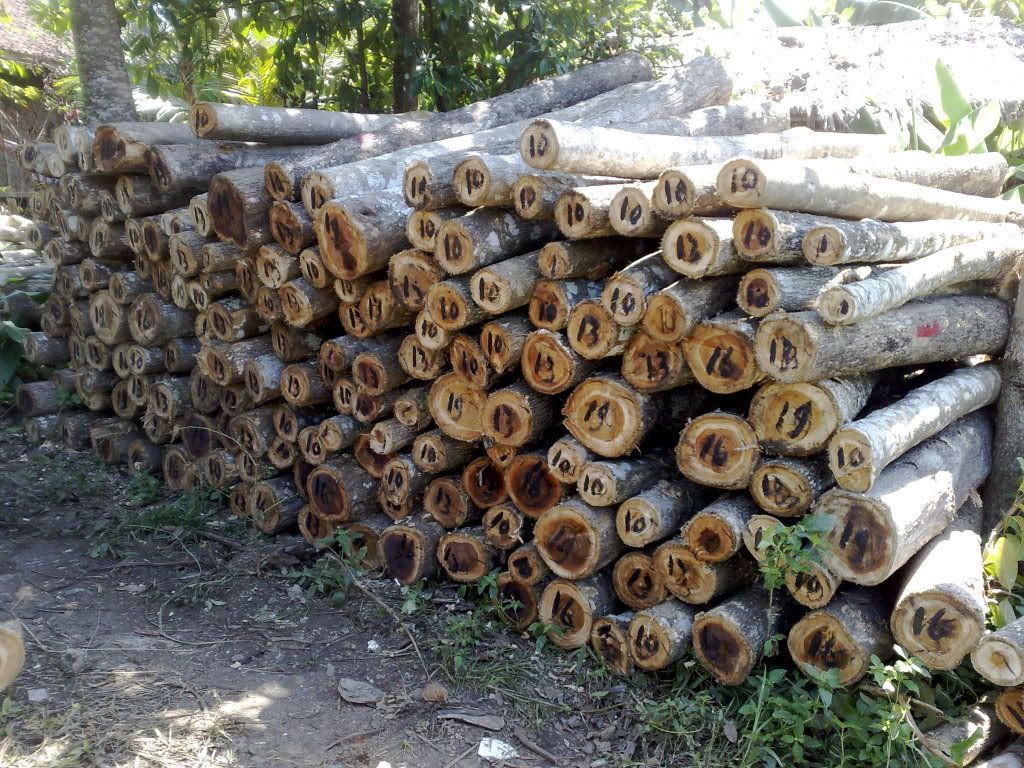Green" investment
Teak – a genuine sustainable investment. It is only areas that are between 10 degrees north and south of the equator that are suitable for planting with teak. In addition, altitude (100 to 600 metres above sea level) and specific climatic conditions (a marked rain period followed by a dry period) determine the ideal location for teak plantations. A major role is also played by the terrain, since teak trees need lots of moisture to grow but do not tolerate standing humidity. For this reason, the THI AG plantations are on a slope.
Teak trees are indigenous to the forests of South and South Eastern Asia (Malaysia, Indonesia, India, Myanmar, Laos and Thailand). The demand for teakwood in the past has led to frequent deforestation of the tropical rainforests. The high prices have led in the last few decades to an increase in plantations outside Asia – in Africa, Central America and Brazil. Of the total of 6 million hectares of teak plantations around the world, a majority (5.5 million hectares) are in Asia, with 0.3 million in Africa and 0.2 million in America.
The special feature of the sustainability of wood as an asset class is emphasised by the following charts:
- Minimum dependence on financial markets and hence a low correlation (i.e. high diversification efficiency)
- Correlation with the NCREIF Timberland index
Growth is reflected not only in the annual rings. The US forestry ownership index NCREIF Timberland property has achieved an average return of 15 % in the 20 years of its existence, more than shares or bonds, and similar or even higher returns can be expected in the medium term. Demand, above all for industrial wood and fuel, is increasing rapidly, mainly from growth markets such as China. In addition, wood is the “in” product around the world as a material for house construction and furniture.
At the same time, the supply of good timber is limited, a fact that is hardly likely to change despite all reforestation measures, since most trees require over 20 years before they can be felled – with oak needing as much as 200 years. The shortage means an expectation of further increase in prices.
Business and strategy
Teak Holz International concentrates on finding, foresting and cultivating teak plantations and the harvesting and marketing of teak wood from the plantations in Costa Rica. The first plantations were planted in 1998. Today, the company owns eight plantations with a total area of 1,934 hectares. The total plantation area is to be increased to up to 4,500 hectares until 2014. The plantations of Teak Holz International AG are in the foothills on the western side of the Cordilleras. The company is expecting a rotation time (growth period) in the plantations between fifteen and twenty years.
The competitive advantages:
- Costa Rica has excellent soil and climatic conditions for rapid growing plantation teak
Teak was planted in Costa Rica decades ago because of the optimum soil conditions and the climate. Particularly suitable cultivations areas are at altitudes of between 100 and 600 metres with an average annual temperature of between 22 and 27 degrees. The annual rainfall is considerably above 1,200 mm with a dry period of three to five months. Thanks to the favourite location on the west side of the Cordilleras, the THI plantations are protected against tropical tornadoes. In the past decades, no hurricanes have occurred on the Pacific coast of Costa Rica.
- THI AG transfers western horticultural technology to Costa Rica in order to make use of the best cultivation conditions for plantation teak.
The management of THI AG combines ten years of experience in Costa Rica with knowledge from the high-tech forestry industry in Europe. The THI AG production process begins with the selection of a suitable site for future use, the geographical proximity of the sites to each other and compliance with the site criteria playing the main role. Grass, shrubs and bushes are removed while destroying a minimum of the turf and avoiding erosion.
A number of soil samples are taken from the plantation area in order to determine the suitable fertiliser composition and quantity. At the same time, the plantations are divided into sectors and a network of forest tracks laid down. This is followed by forestation with specially prepared seeds, and the plants are cared for at regular intervals.
- THI AG has the specific knowledge needed to optimise the growth periods of the plantations.
Over the last decade, the founders of Teak Holz International AG have developed extensive experience and knowledge that can now be used to optimise the growth of the trees, and extended continuously by means of research cooperation activities such as with universities. This starts with the selection of the areas, the treatment of the seedlings, the care of the soil, and continues into fertilisation, soil cultivation and pruning to increase trunk quality, and ending with thinning, harvesting and the marketing of teak trees.
The strategy:
- Teak Holz International pursues a clear growth strategy. By acquiring additional areas, growth is accelerated so that by 2014 the plantation area will have increased to up to 4,500 hectares.
- Teak Holz International is developing a flexible product and sales structure.
The product mix ranges from the sale of standing trees to pre-finished sawn wood. The sales markets include Asia, North America and Europe.
- Modern organisational structure
Teak Holz International AG is a management and finance holding. It controls the operative companies and the ownership companies (i.e. the plantations). The organisational structure ensures that the latest European forestry know-how is transferred to Central America and that at the same time entrepreneurship is consolidated in the country. The focus lies on securing the raw material resources on the one hand and the implementation of state of the art business management methods on the other hand.
Competition
The teak market: Currently there are estimated to be 6.0 million hectares of teak in the world; 5.5 million of these are in Asia (with 43 % in India, 31 % in Indonesia, 7 % in Thailand, 6 % in Myanmar, 3% in Bangladesh and 2 % in Sri Lanka); 5.0 % of the world’s teak plantation area is in Africa (0.3 million hectares), and 3.0 % in South America (0.2 million hectare). Teak has been planted in South America since the beginning in of the 20th century, in Costa Rica since 1929.
Teak, a special tropical timber: Thanks to its extraordinary endurance and high resistance to fungus, termites and chemicals, teak is a structural timber for special requirements that is appreciated around the world – as sawn timber for frame structures of all kinds, such as windows, garage doors and gates, staircases, parquet flooring, handrails, decorative casings; in shipbuilding for decks and superstructures, and in the chemicals industry for vats, extractors and washing towers; in small cuts for art objects, carvings, signs, household articles, spirit levels, decorative packaging and pedestal boards; its attractive and pleasant wood surface makes it ideal as a worked veneer for furniture, panels and all types of decorative design.
The excellent characteristics of teak are its very small shrinkage (only half of that of oak for instance), it extraordinary resistance to weathering and fungus (water repellent thanks to its natural oil content) and its preserving characteristics that prevent many metal fittings and fixtures from corroding.
The global timber market: As of November 2005, the global timber market amounted to around EUR 169 billion per annum, 15 % or around EUR 25 billion being accounted for by exotic wood such as teak, mahogany, nut, cherry or robinia. Exotic wood has substantial differences to conventional timber. As a result, tropical wood, in particular teak, offers one of the best opportunities for revenue on the timber market.
The growth cycle of teak can be realized within about 20 years by using modern plantation management methodes. With can make cultivation more profitable.
Costa Rica: Thanks to the political and economic conditions, Costa Rica presents interesting advantages for investments. For over 120 years, since 1889, Costa Rica has been a stable democracy. Excellently trained experts, the strategic location between North and South America, political, economic and social stability and a modern legal and government system are the ideal conditions for long-term and sustainable investment in one of the most stable countries of Latin America.
Sales markets
Demand for teak is particularly high from Asia, America and Europe. We shall supply these markets with logs and in the future, cut timber.
Teak Holz Handels- und Verarbeitungs GmbH is responsible for world-wide marketing within the THI Group.
Our marketing relies on close collaboration and long-term partnerships (contracting) combined with quality leadership. A close collaboration between production and marketing guarantees that the customer will be supplied punctually.
We know the logistic processes and costs. They ensure that the goods are supplied punctually and according to agreement. This requires a modern marketing information system combined with flexibility, modern production processes and quality in the continuity of supply and production.
A separately developed research and development centre and close cooperation with scientific facilities is intended to create new knowledge. This know-how (such as CE labelling) will be supplied along with the product in order to give our customers genuine added value.
